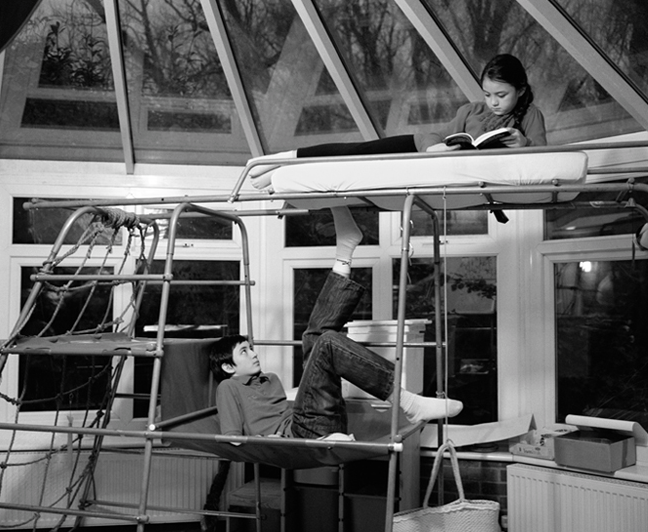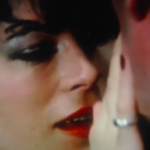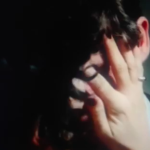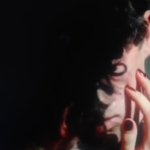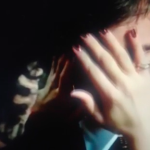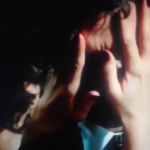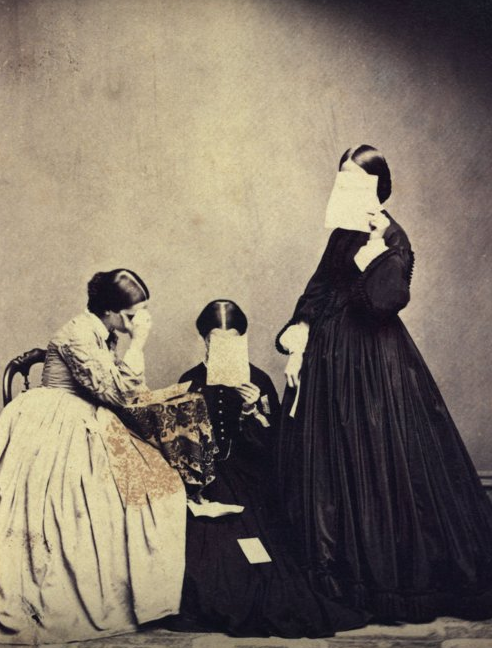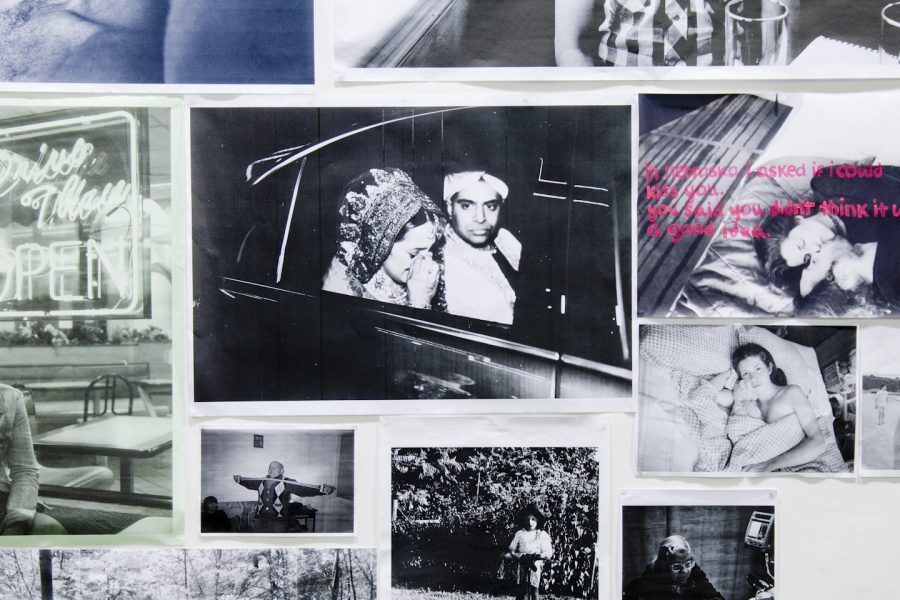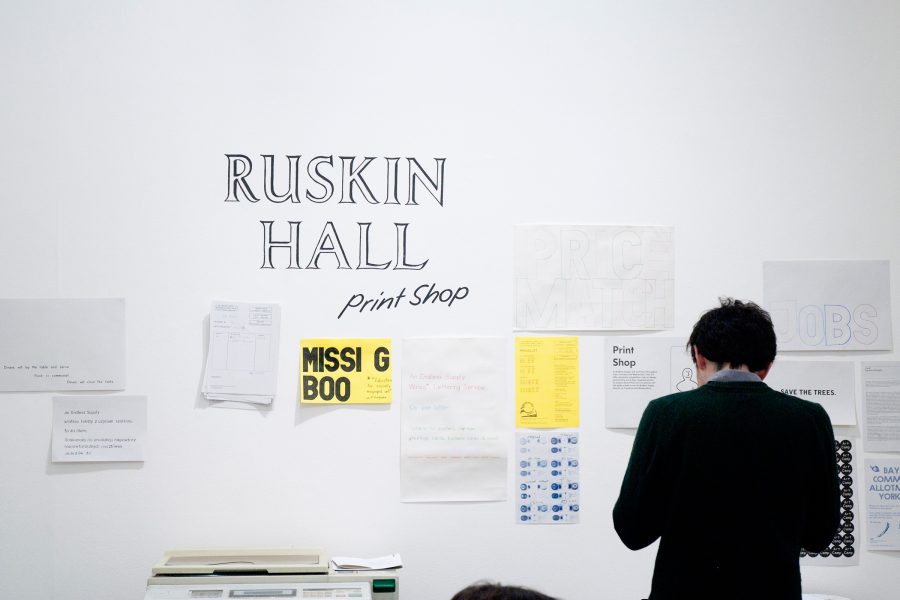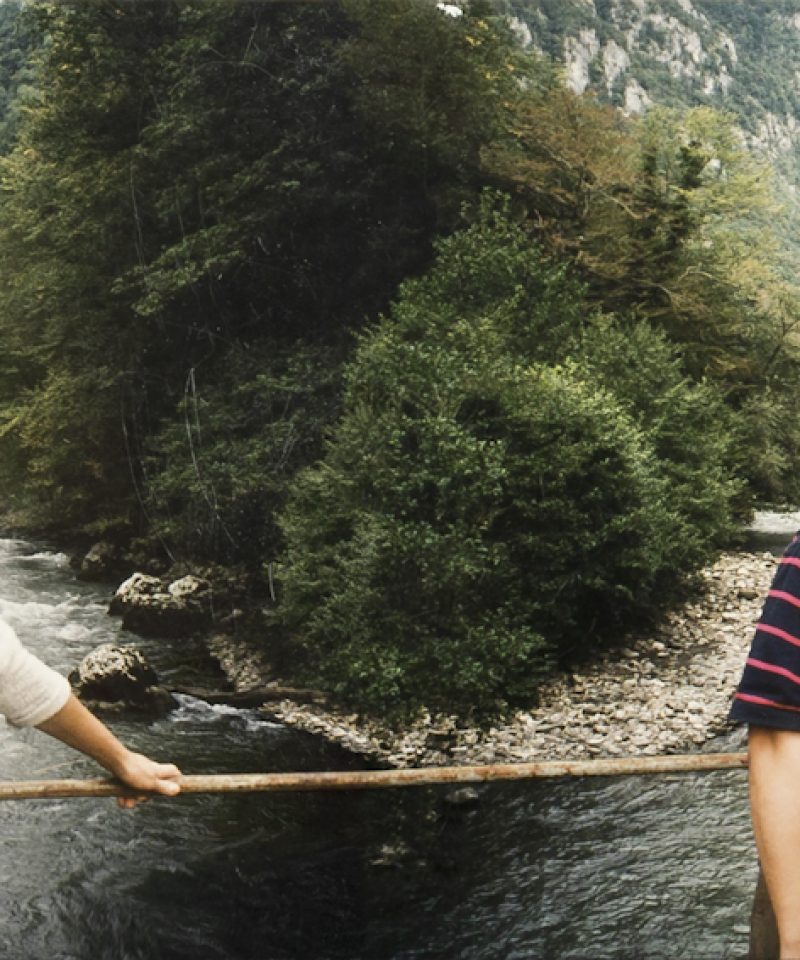For my last post on the Jerwood blog I’ve written a collaborative text with Joanna Piotrowska about her work. The blog will continue after Christmas with the next Jerwood writer in residence.
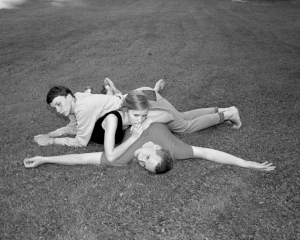
The photographs are connected to the histories of contact improvisation, a dance technique in which the physical contact provides the starting point for exploring movement. It is a way of generating empathy and community, the first thing that happens when we start to discipline the body socially is that we remove physical contact, this is most apparent in learning. We start by learning in the sand pit and end it sitting at a desk. Environment dictates forms of bodily behaviour – self control of the body is a primary mechanism for social inclusion. We can also look to the formation of gyms, and sports activities in the 19th century as an effect of industrialism – organising the working body so that it was healthier and more productive.
What can a body do to be safe?

“In a state of trust to the body and the earth, we believe that we could learn how to handle the forces involved into physical interactions between two people who permit each other the freedom to improvise. Memory of past judgments tells me that pre-judging is not secure.”
I’m interested in psychological violence and its connotations with love and desire.
The Material Body
A photograph, like a body is able to reproduce itself, embedded in the photographic image is the will towards procreation. The DNA of the analogue image is the negative, each print offers differences in the image – it mutates.
Dance is a language, and as in love, the most beautiful things are said through the body.
The Staged Body
There is a shallow depth of field, shot with a flash that flattens out the image, although the image is shot in domestic and private spaces the image recalls the imagery found on billboards. The theatrical quality of the work creates a form of distance – there is a disjuncture between the tropes of public and private address.
The Anonymous Body
The faces of the people are anything but blank. They are loaded with emotional intensity which never happens in fashion photography and the “set“ of forced smiles – slightly open lips, particular expression of the eyes – so called “fashion squint” never appears in the work. It is significant that there is a lack of self – confidence that the models possess. The represented figures appear withdrawn, unreachable – they seem to be trapped somewhere else.
The Repressed Body
Jerome Bell in Conversation with Geral Siegmund:
A choreographer who shall remain nameless said: “The body does not Lie”. Such a remark is based on that disgusting old modernist myth bogged down in judeo-christianity. The body is not the sanctuary of truth, authenticity or uniqueness. It is deeply subjugated to culture, politics and history.
The Timeless Body
The photographs remain analogue. Theblack and white image is timeless. There is nothing in these images that help us to place them. They could have been made at any point in the last 50 years. The images have the resolution of a dream. Black and White is more claustrophobic. Content is clearer and bodies are heavier. Black and White invokes nostalgia and longing for the past. Black and white makes the subject more important.
Do photographs document reality or create it? Who is looking at who? To paraphase Diane Arbus, what do these photographs teach us to see? It makes me laugh, we always end up back at beginning, the simple questions are always the hardest to answer. Why do we photograph? Who do we make images for?
